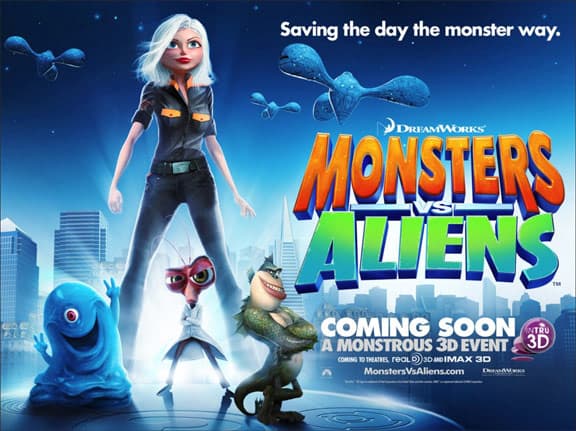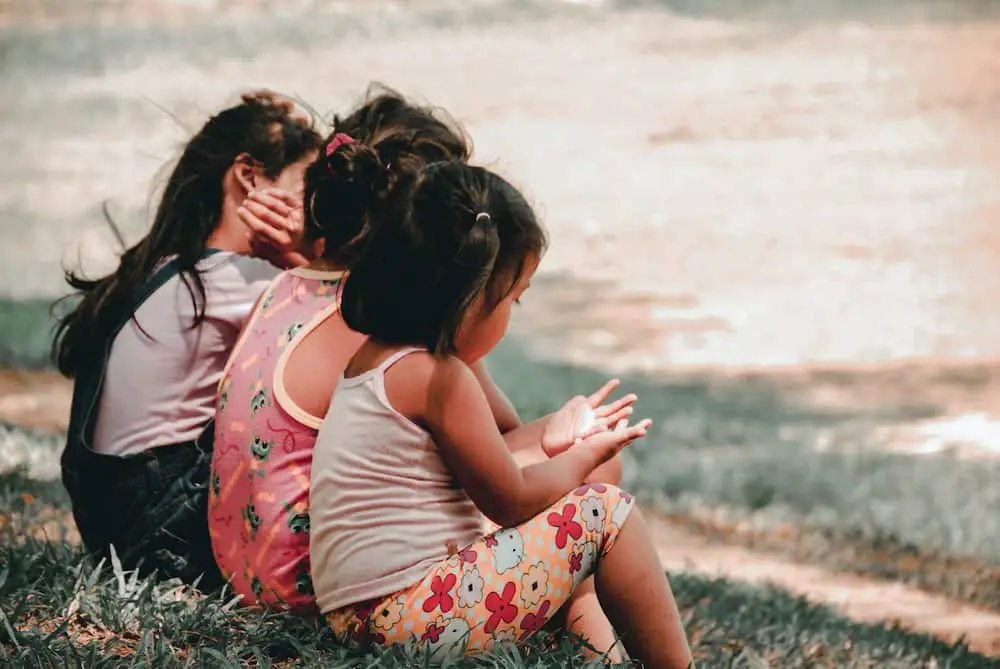When talk of diversity expands beyond race it still ends up looking very much like a checklist of compartmentalized identities. Can we get a child in a wheelchair? Check. Can the doctor be African American, and a woman? Check and check. … For adults I often describe the difference between diversity and inclusion as the difference between entering a room and seeing folks who look like you, and entering a room and feeling like you belong. … For children, it’s the difference between opening a book and seeing someone who looks like you – understanding that this is the character your meant to feel connected to because of that one visually represented thing you have in common – and falling into a story as you are.
Latina Lista, Checking Boxes and Filling Blanks: Diversity and Inclusion in Children’s Literature
Putting marginalized people in the very background of a movie so that they’re only visible for three seconds and never speak, isn’t progress. It’s par for the course, it’s taking crumbs and accepting it as feast.
Feminist Disney
THREE BOYS ONE GIRL RATIO
If you’re buying a book for children and the characters are four boys plus one girl, you can almost guarantee the story will be sexist. A story with four boys and one girl is a version of the Smurfette Principle, in which the girl exists to be The Girl, rather than a human first and foremost.
The Smurfette Principle the Wikipedia explanation
See Also
The Minority Feisty from Reel Girl
The Female Maturity Formula In Modern Storytelling
Will Boys Watch Stories About Girls? from Blue Milk, which is about film, but could equally be about literature
Children’s Books And Segregation from The Society Pages
Stories Are Genderless from Foz Meadows
Boys read for pleasure as much as girls
The three to one ratio is typical across all of children’s literature, in case you are thinking Geronimo Stilton is a standout example. This podcast from The Book Show on ABC, features Janice McCabe, Associate Professor of Sociology at the University of Florida, talking about her study on Gender in Twentieth-Century Children’s Books. McCabe found that Little Golden Books, for which new stories were published between 1942 and 1993, depict an especially small proportion of female characters: 3.2 males for every 1 female.


